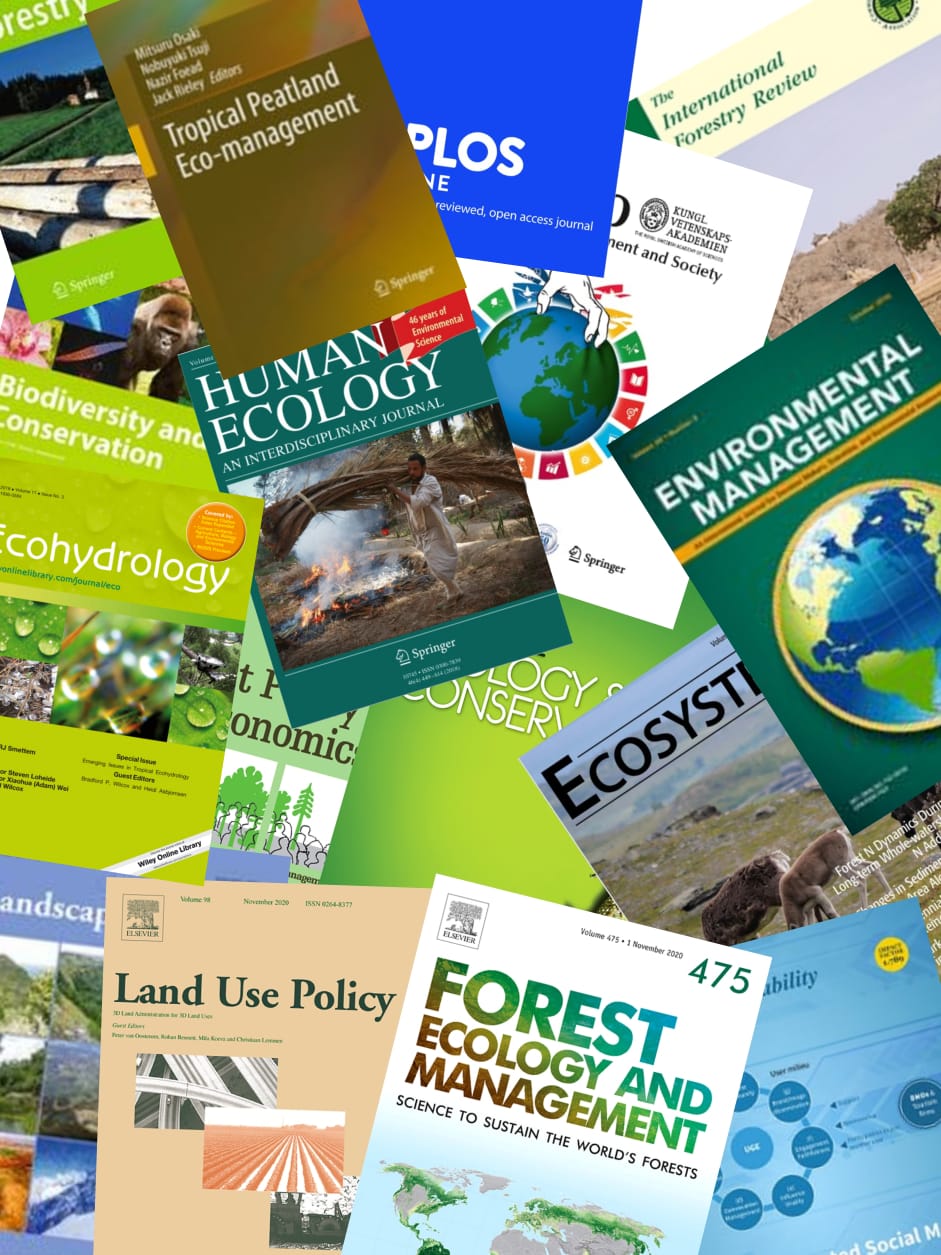Tropical peat carbon compound composition (CCC) is a highly understudied subject. Advanced understanding of peat CCC and carbon dynamics in differing conditions is desperately needed due to large-scale utilization of these peatlands. We studied the CCC-i.e. the hemicellulosic carbohydrate and uronic acid composition and concentrations of extractives, cellulose, acid-soluble lignin and acid-insoluble lignin-in association with peat profile depth and physical structure of peat, under representative, common land uses. Samples were gathered from an undrained forest and three sites altered 20-30 years prior to the study, which in aggregate form a continuum of increasing land-use intensity (drainage-affected forest; drained and deforested degraded open site; drained and deforested site under cultivation) in Central Kalimantan, Indonesia. Peat samples were taken from depths between 10 and 115 cm that covered mostly oxic, frequently waterlogged and permanently waterlogged, anoxic conditions. Our results demonstrated greater modification of peat properties when both vegetation and hydrological conditions were altered. The differences between sites were mainly present in the topmost peat and decreased with depth. Peat located at the surface contained more labile compounds (hemicelluloses, extractives, uronic acids, cellulose) on forest sites than at the most intensively altered open sites, where peat was enriched with recalcitrant acid insoluble lignin. The effect of drainage was evident in the drained forest site, where at the approximate median water table depth peat more closely resembled open sites in terms of the peat properties. The increased recalcitrance of peat in reclaimed areas has been a result of enhanced decomposition, reduced litter input rates and, at open sites also by repeated fires.
View source

